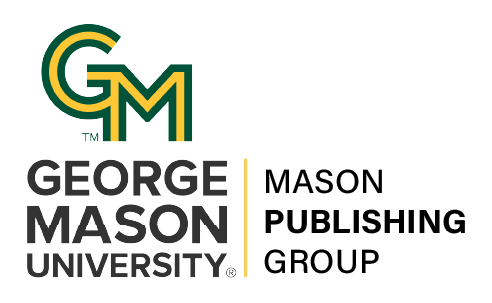Large-Lecture Participation via (Free) Pytania Student Response System
DOI:
https://doi.org/10.13021/G8itlcp.10.2018.2234Abstract
In large lecture courses, encouraging participation is challenging. Pytania is a Student Response System (under development and testing at GMU) that collects students' responses and shows graphs of student responses. It encourages practice and exploration; it guides class discussions by uncovering common misconceptions. We can track students' course-long participation history. Students can also use completed questions as review materials for test preparation. The intended use is to offer a batch of 3-5 questions on a new topic, covering both common and special cases. Students can compare results, discuss, run the example code (in our programming course), and use any means of exploration to choose an answer. They submit answers on any web-enabled device. After time is up, we lock answers, and show the results to discuss, as well as a bar-graph of students' responses. The tool currently offers the following styles of questions: (a) open-response (text), (b) numeric (integer or float), (c) true/false, (d) multiple choice, and (e) multiple answer. Often, the best questions are open-ended and have a single correct answer, such as "what is printed when we run this code?" Another useful style of question is the multiple-answer prompt. We show a "sentiment graph" that colors each option as correct(green) or incorrect(red), with a bar proportional to number of student responses. This quickly identifies correct options that few students chose, or incorrect options that many students chose. It also serves as a great repository for study questions when questions are left in review-mode.




